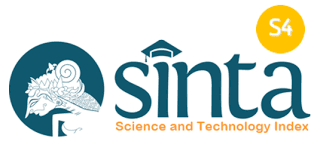The Development of Magic Geometry Game For Fine fotor Skills With The Addie Model
Abstract
The aim of this research is to develop an innovative Magic Geometry game for Group A Kindergarten students at Kemala Bhayangkari 75 Lamongan, with the purpose of enhancing children's fine motor skills as an alternative to conventional fine motor activities that have shown suboptimal results. The development of the Magic Geometry Game media involved an analysis of trial data to refine the game. Aspects such as appearance, usefulness, effectiveness, attractiveness, resilience, and student understanding were evaluated. This assessment was carried out by media experts, media design experts, content/material experts, and through trials conducted with peers, small, and large classes. The validation process conducted by media and material experts found the game media to be valid and very valid, with validation percentages of 89.0% and 92%, respectively. The due diligence by colleagues and tests in small and large classes indicated that the game media was feasible, with percentages of 92.8%, 84.3%, and 81.8%, respectively. It is recommended that educators utilize the Magic Geometry game media in their teaching practices. Furthermore, schools should offer training and coaching support to facilitate its effective implementation, aligning with the learning objectives and addressing the needs of both students and the school as a whole.









